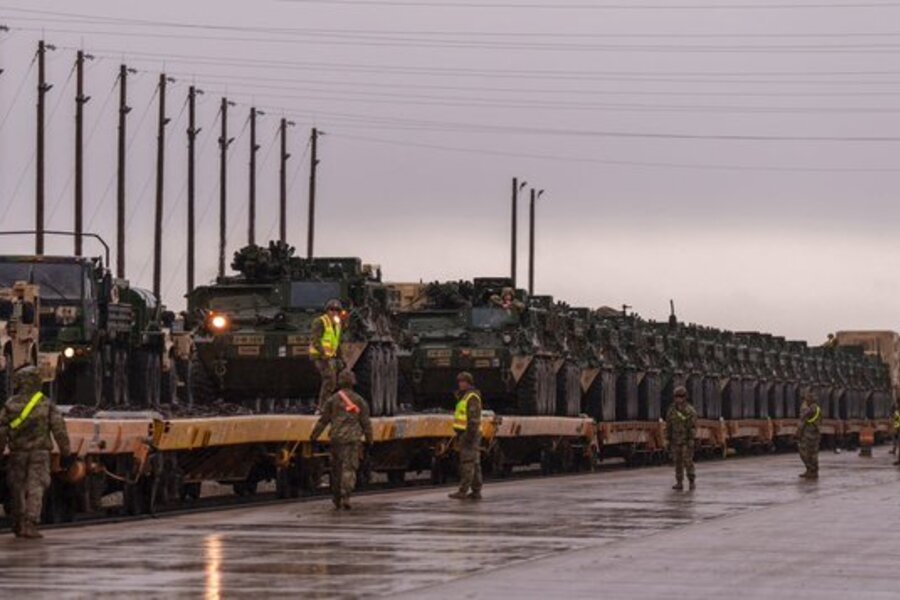Plans are underway for a potentially massive military parade in Washington, D.C., on June 14 — the 250th anniversary of the U.S. Army and the 79th birthday of former President Donald Trump. Internal planning documents and defense officials confirm that the parade could involve more than 6,600 soldiers, over 150 military vehicles, including tanks, 50 helicopters, seven Army bands, and even a parachute jump. The proposal, still under review, revives a long-standing wish by Trump for a grand show of military strength in the nation’s capital — a plan that was previously scrapped in 2018 due to logistical challenges and overwhelming costs.
The Army’s anniversary celebration has been in development for more than a year and was initially set to include public displays, activities, and performances on the National Mall. However, two planning documents dated April 29 and 30 reveal that parade discussions have gained traction in recent weeks, suggesting that the Army is preparing for possible White House approval of a much larger event. The documents, obtained by the Associated Press, include details on troop deployments, participating units, vehicle and aircraft logistics, and even civilian involvement from veterans groups and military reenactors.
If approved, the parade would be among the largest in recent memory, with 6,300 of the troops expected to march, while the remaining personnel would support logistics, security, and operations. The event is projected to cost tens of millions of dollars, factoring in transportation, housing, food, and security for thousands of service members and their equipment. These projected expenses echo the concerns that derailed Trump’s initial parade plans in 2018, when an internal Pentagon estimate placed the cost at around $92 million.
Despite the parade being part of the Army’s birthday, the coinciding date with Trump’s birthday has raised political questions. The former president has previously expressed admiration for military parades after witnessing one in France during Bastille Day celebrations in 2017. Following that event, Trump proposed a similar spectacle in Washington, one he hoped would surpass France’s. While his plan was enthusiastically supported by some military leaders, it met resistance from D.C. officials and the Pentagon due to infrastructure concerns, particularly the damage heavy tanks could inflict on city streets.
Washington, D.C. Mayor Muriel Bowser voiced concerns as recently as April, warning that tanks rolling across local roads would not be ideal without accompanying funds for road repairs. In 2018, the Department of Defense shared similar sentiments and advised against using tracked vehicles like tanks, favoring wheeled vehicles instead to minimize damage. In a memo at the time, the defense secretary’s office limited participation to prevent infrastructure harm — a factor likely to influence the current planning process as well.
Though the Army has not officially committed to the parade, officials say the effort is aimed at fostering public engagement with the military. Army spokesperson Col. Dave Butler said the goal is to create a celebration for all Americans to honor 250 years of Army service, stating, “We want Americans to know their Army and their soldiers. A parade might become part of that.”
In addition to marching units and vehicles, the plan includes a performance by the Army’s Golden Knights parachute team, historical military vehicles, aircraft flyovers, and even reenactors and military college representatives. The documents also suggest that the National Park Service has submitted a request for the event to be classified as a national special security event, which would trigger heightened federal coordination and security measures.
On Thursday night, Trump took to his Truth Social platform to promote a broader theme of national pride, writing that “We are going to start celebrating our victories again!” He did not directly reference the parade but proposed renaming May 8 (Victory in Europe Day) to “Victory Day for World War II” and Veterans Day on November 11 to “Victory Day for World War I.”
Even without the parade, the Army’s 250th celebration is expected to draw large crowds with exhibits such as armored vehicles, climbing walls, fitness competitions, helicopters, and educational displays on the National Mall. The parade, if added, would significantly expand the scale and visibility of the celebration.
With no final decisions yet from the White House or Pentagon, the parade remains in the planning phase. Still, preparations suggest that the Army is ready to move quickly if given the green light. Equipment and personnel would likely be transported to D.C. via train or aircraft, though detailed logistics and unit assignments are still being determined. The documents warn of potential challenges, including housing for troops and heightened security needs.
If approved, the parade would be one of the most elaborate military displays on U.S. soil in decades — and one sure to attract national attention both for its spectacle and its symbolism.


